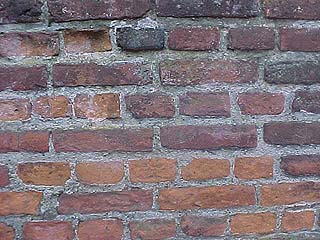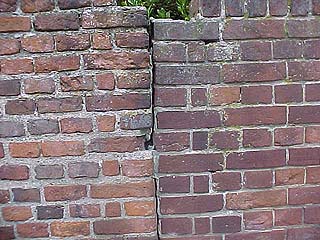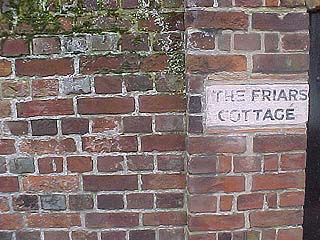 |
||||
 |
||||
 |
||||
|
When the Romans left Britain in 410 AD, the use of bricks stopped. This seems strange to me, but is explained by some as the result of local ignorance - the British didn't know how to carry on the Roman technique! Clifton Taylor says it was "probably because the country was so thickly wooded that there was plenty of timber for everybody" (Clifton Taylor 1997:13, see bibliography), but surely that was true in Roman times too? In any case, the first major use of brick in England after the Romans was in 1275 at Little Wenham Hall near Ipswich. Even so, until 1550 the use of bricks was limited - buildings were still largely built of wooden timbers. From 1550 onwards things began to change (perhaps because wood became more expensive and rarer, possibly because of its extensive use in shipbuilding.) This marks the start of the extensive use of what is called 'English bond', with one line of bricks positioned lengthways and then a line placed on top of that with all bricks placed sideways. See the pictures below. |
|
|
English bond - alternate rows of headers (the small bricks) and stretchers (the long bricks). These are part of the oldest brick domestic building - at 16 Watling Street, and are probably early 1625, though they may be earlier. |
 |
| These are on the old bridge across the River Stour near the Marlowe Theatre. (South side) |
 |
| These are also on the old bridge across the River Stour near the Marlowe Theatre, on the north side. Note the older bricks on the left, and the newer ones on the right. Both are in English bond. |
 |
| Near the same bridge, on the south side, is Friars Cottage. Again English bond, with nice white thick mortar. |
 |
| This does not mean that all English bond is as old as that! It continues in use even now, in places, but it was largely replaced by Flemish bond.... | |
| <Page 1 | |
Copyright Stephen Bax 1999
